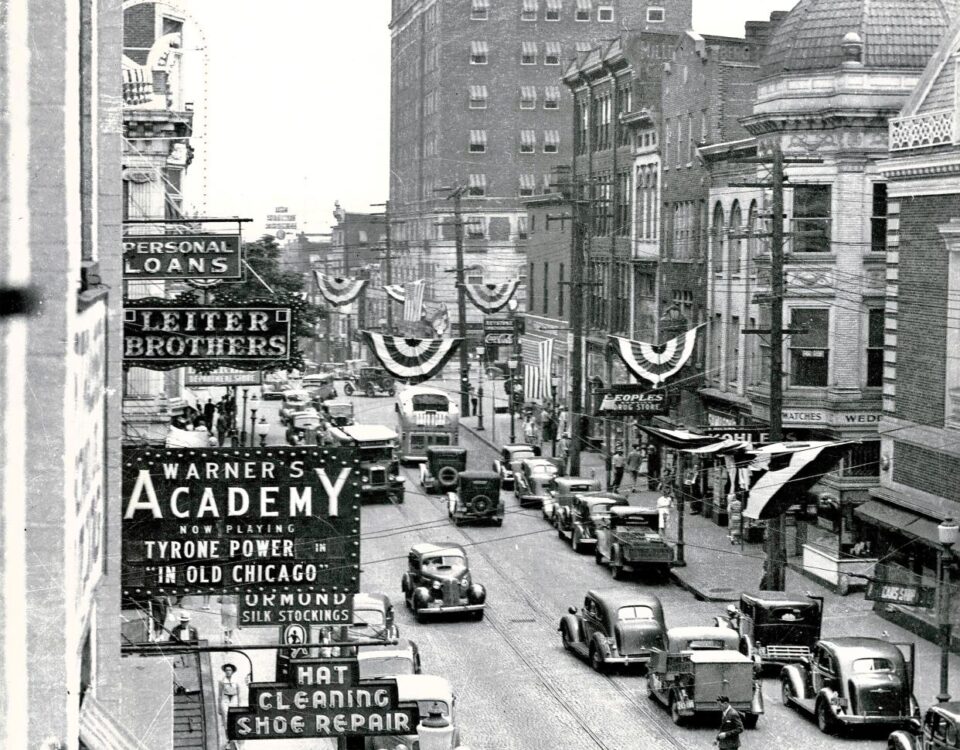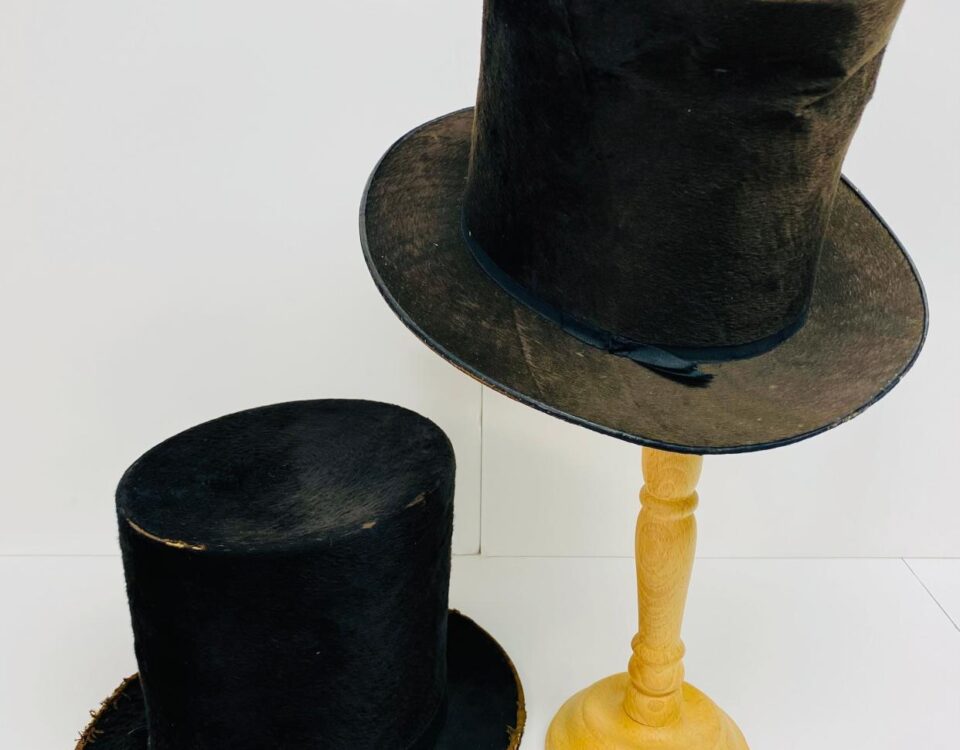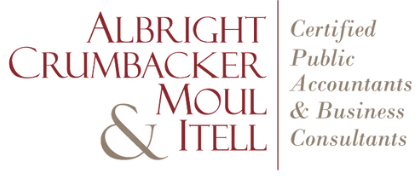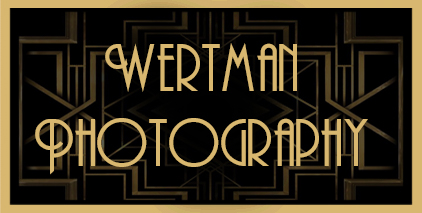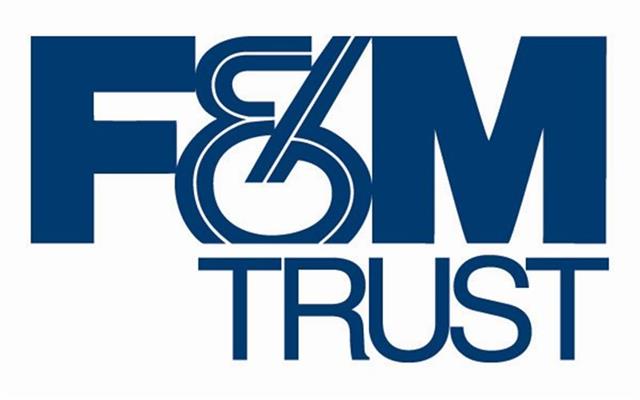Stay up-to-date with our latest news and learn more about local history!
NEWS
- Filter by
- Categories
- Tags
- Authors
- Show all
- All
- 20th amendment
- 23andme
- advice
- amusement parks
- ancestry
- archives
- artifacts
- bathing suits
- belinda springs
- Bellevue Asylum
- black history
- black history month
- christmas
- civil war
- collections
- dna
- Drinks
- exhibits
- family tree
- genealogy
- Gilded Age
- hagerstown
- Harry “Snap” McCoy
- history
- Horse thieving
- kee mar college
- kinship
- local history
- Miller House
- miller house museum
- moonshiner
- mourning
- museum
- news
- old film
- old photographs
- paintings
- pen mar park
- preservation
- prohibition
- Railroads
- Ransom of Hagerstown
- research
- row's amusement
- scrapbooks
- summer
- swim suits
- travel
- Updegraffs
- vacation
- Victorian
- washington county
- Washington County Black History
- washington county free library
- washington county hospital
- Western Maryland Black History
- western maryland railroad
- where is william
- whiskey and moonlight
- women's history
- women's history month
- women's rights
- women's suffrage
- world war i
- wrapping paper
June 17, 2024
Published by Zach Brooks at June 17, 2024
Categories
Article Author: Abigail Koontz (This article originally appeared on The Herald-Mail July, 2024) While American gangsters Al Capone and Bugs Moran were terrorizing Chicago, over 631 miles away in Washington County, local moonshiner Harry “Snap” McCoy was busy distilling and selling illegal liquor in Hagerstown and the surrounding communities. McCoy’s story captures the turbulent years of Prohibition and the history of moonshiners active in Washington County during that time. McCoy was born Jan. 7, 1870, to blacksmith Elbert McCoy and Emma (Ardinger) of Williamsport. In 1878, Elbert died of tuberculosis, leaving Emma to care for five children. McCoy’s childhood in Williamsport was a bustling, novel one. The Cumberland Valley Railroad reached the outskirts of Williamsport in 1872. The following year, the Western Maryland Railroad ran directly into Williamsport, connecting to the Chesapeake and Ohio Canal. The railroad had a profound effect on McCoy. Although he only completed the fourth grade, by age 30 he worked as a conductor for the WMRR in Williamsport. A 1906 photograph in the Washington County Historical Society collection captures McCoy posing for the camera beside his friend, Sam McClannahan, at the train station. An oncoming train is visible just over their shoulders. In January 1919, […]
May 21, 2024
Published by Robyn Sumner at May 21, 2024
Categories
Article Author: Abigail Koontz (This article originally appeared on The Herald-Mail May, 2024) Hats have long fulfilled many roles, from functionality to symbols of self-expression and social status. One iconic hat of the last two centuries is the top hat. Two 19th-century silk top hats in the Washington County Historical Society’s collection offer glimpses into early local hat manufacturers — particularly the hatter George Updegraff. When top hats emerged in the 1790s, descending from earlier styles like the 17th century Pilgrim hat, they were made from felted beaver fur. Beaver felt top hats were initially expensive status symbols, but they were also functional, as beaver fur shed water. Beaver fur was so popular the European beaver population had been depleted by the mid-1600s. French fur traders sought beaver pelts in North America, trading with native populations for furs or hunting down beavers along rivers. Trappers moved further west, decimating beaver populations and spreading malaria through native populations, until reaching California by the 1820s. As pelts flooded American markets, the prevalence of American beaver felt top hats grew, influenced by European fashions. Washington County was no exception. On Aug. 12, 1823, the Maryland Herald announced that the hat manufacturing firm, Updegraff […]

